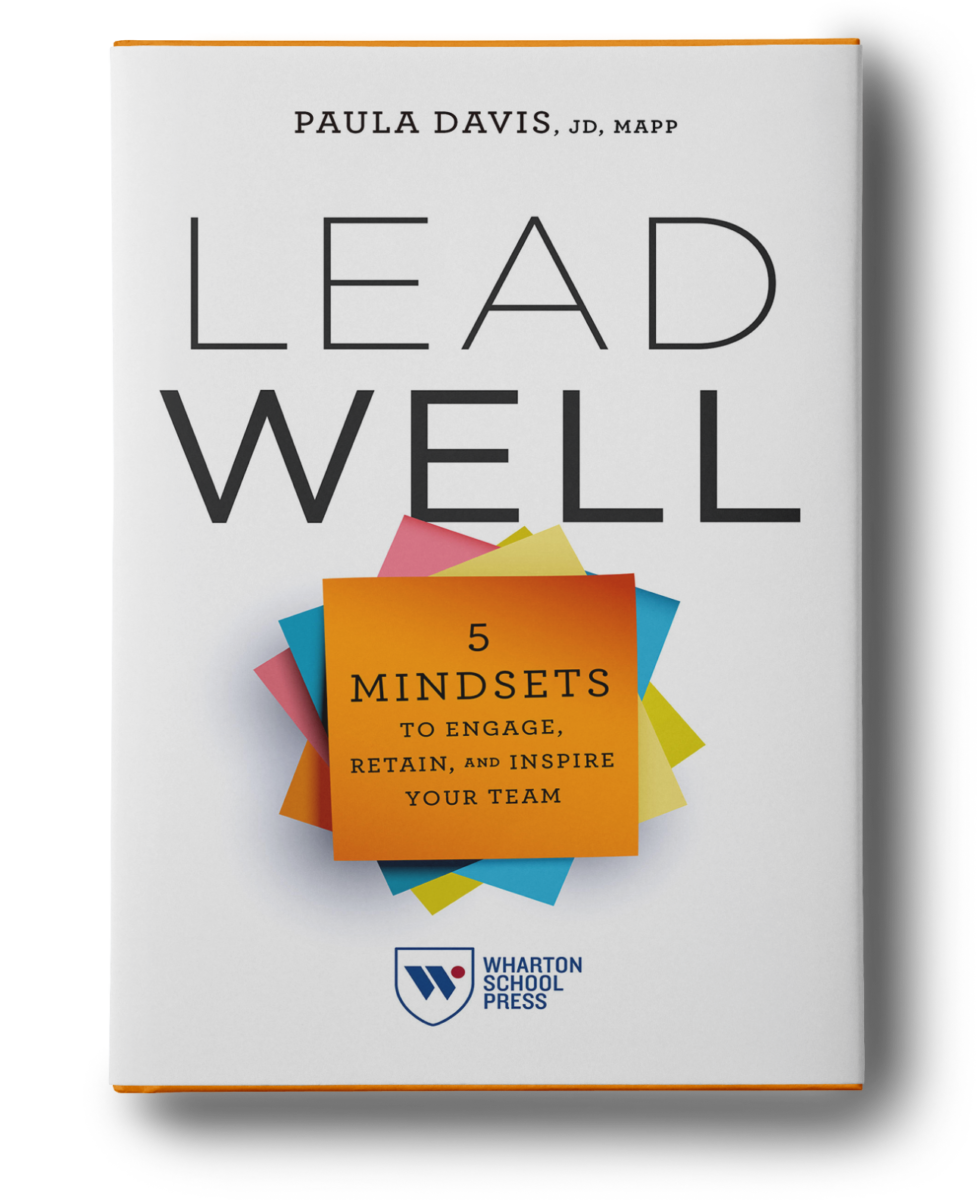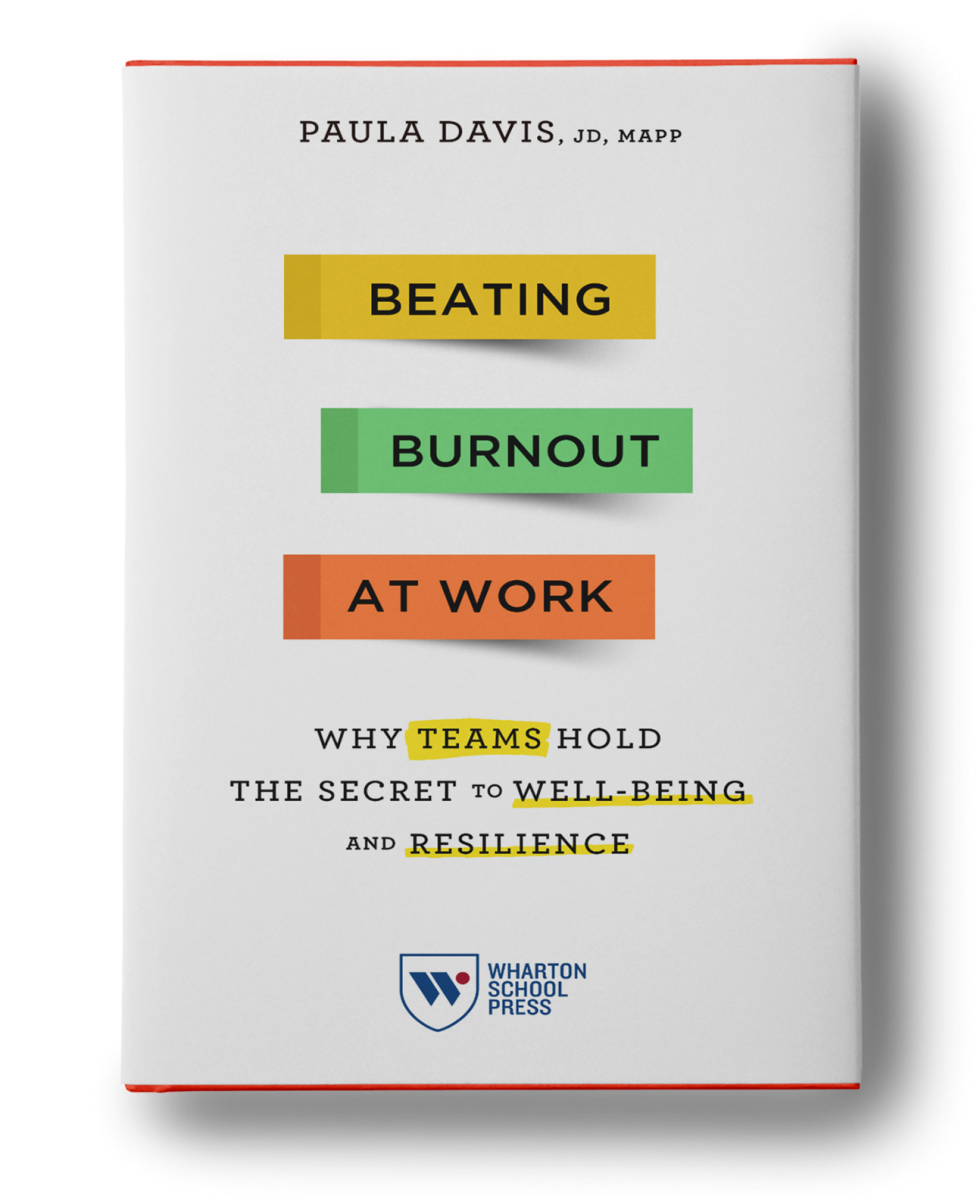How are your kids doing these days? We are in month five of an ongoing pandemic, many kids are facing an uncertain school year, sports are being canceled, and many are still struggling to be able to see their friends with any regularity. As a result, more of the adults I teach have asked me for stress relief and resilience strategies for their kids. There are a variety of tools for kids of all ages, and it’s never too soon to start building this skill set. My daughter Lucy is four, and we often talk about topics like emotions, problem-solving, and strengths, so she understands that learning to cope with stress and deal with challenges is part of life.
While I talk about these skills from the kids’ perspective, know that these are ones that you, as parents and caretakers, can also learn in order to create a common language of resilience and mental strength for your entire family.
Identify strengths. I talk about strengths with Lucy by calling them superpowers. Every person has strengths and values that become really important to know and rely on during times of stress and adversity. The problem is that we often don’t have the language to speak about strengths in a specific way. The VIA (Values in Action) Character Strengths Survey is a great place for kids (and you) to start because it’s easy, online, and free. Here you can find a list of the 24 character strengths, a version of the survey for kids ages 10-17, and the survey for adults. Once you have the results, make sure to point out times when you see your kids using their character strengths. You can also create a strengths family tree as a way to talk about your collective strengths.
Minimize worst-case scenario thinking. Worst-case scenario thinking is also called catastrophizing, and it feels like a runaway train style of thinking that inhibits performance and purposeful action with tasks and goals. Your 17 year old might think her world is over when she breaks up with her boyfriend or you may think this way if you get an email from your boss that says nothing other than, “come see me now.” In either scenario, here are three steps you can take it:
- Write down your worst-case scenario thoughts. All of the what if’s that are in your head need to be captured on paper as it diffuses the intensity of the thinking when the thoughts are transferred in writing. You may also notice that your “story” is a bit unrealistic. Think of this step as your “Horror Movie.”
- Create a best-case scenario where it all goes right. It’s OK to be a little silly or even unrealistic in this step because the point is to give yourself a boost of positive emotion – that’s all. Think of this step as your “Disney Movie.”
- With these left-right limits established, it’s now easier for you to think in a more balanced way to identify what is most likely. Depending on the nature of the stress producing event, you may have to deal with some negative consequences, but at least you’re seeing the situation accurately, which is key. Think of this step as your “Documentary.”
Ask, is it helping or harming? Ask whether what you’re thinking, how you’re feeling, or how you’re behaving when under stress is helping or harming? Are you getting closer to your goals and the types of outcomes or relationships you want to have? You might decide that it’s helpful for your six-year-old to get angry and scream because it’s letting out and processing emotion, but when he takes that a step further and hits his little brother on the head, that’s harming. Your teen might decide that an extra 30 minutes of texting at night is helping because it makes her feel more connected to the friends she can’t be with. The point is that you get to decide (or help your kids decide), which gives you a measure of control within the stressful event.
Think like a scientist. Last weekend, I made pancakes and chicken apple sausage for breakfast. Lucy usually likes to dip her sausage in syrup, but this time she decided that she wanted to put chocolate on her sausage bites. I asked her what her hypothesis was – how did she predict it would taste (good!). We added two small chocolate chips onto each bite, she ate one, then made a face. What did she learn? That it wasn’t as good as she thought it might be, so we switched back to syrup. This wasn’t a stressful situation, but that’s the point. Practicing mental agility when you’re not stressed makes it easier for your kids to do it when they are. It’s important for kids to get curious about their thinking, emotions, and reactions so they can look at challenges from multiple perspectives and build self-efficacy. You can think about the framework like this:
- Accept a goal/challenge
- Make an effort
- Get feedback on that effort
- Improve that skill/ability (or pivot/move to Plan B)
- Keep trying
- Succeed (and celebrate each success!)
Build an emotions vocabulary. You have an emotional warning system that gets activated when you’re stressed, and kids are no different. Helping kids label their emotions gives them more ways to talk about stress, and it helps you understand how they express themselves in those situations. GoZen founder, Renee Jain, created a wonderful resource called, “7 Surprising Things Kids Say That Can Mean “I’m Anxious,” which helps parents better understand the root source of their child’s complaint. Just this morning, Lucy complained of a stomach ache. I immediately thought “COVID” (see catastrophizing above), but then I remembered this resource. Stomach aches can be kid code for anxiety. Sure enough, when we talked it through Lucy revealed that she was feeling nervous about her dentist appointment.
Breathe. There’s breathing, then there’s breathing to manage anxiety and stress. The latter takes practice. It’s been one of my go-to strategies for years to calm my own anxiety and to better manage stress and prevent burnout. New studies show that focused breathing can help you feel less anxious and depressed and more resilient, even more so than meditation. I practice 4-7-8 breathing, but there are a variety of techniques you can use. 4-7-8 breathing means that you inhale for a count of four, hold for a count of seven, and exhale for a count of eight. Practice that sequence on most days for a few minutes. Again, practicing when you’re not stressed primes your system to respond in an easier way when you are. The longer exhale is important because it activates your parasympathetic nervous system to help calm you. When Lucy is frustrated with a puzzle or her Lego, I ask her to pause, count to four, and take a deep breath as a simple starter. Practicing some form of intentional breathing is powerful for kids of all ages (and you!).
The world is a pretty uncertain place right now and kids are feeling the stress too. They might not always know how to say it, but these tools can help you all build more mental strength and resilience. What would you add?
Want to know more? Download my free “Is It Stress or Is It Burnout” strategy guide here. You can also learn about our speaking and training programs here.







